Stunning Companion Plants For Mexican Feather Grass
Stunning Companion Plants for Mexican Feather Grass
Mexican feather grass (Stipa tenuissima) is a beautiful and versatile ornamental grass that can be used in a variety of landscape settings. It is known for its delicate, feathery foliage and airy, cascading blooms. Mexican feather grass is relatively easy to care for and can thrive in a variety of conditions. However, it can look even more stunning when paired with complementary companion plants.
Here are a few of the best companion plants for Mexican feather grass:
- Blazing star (Liatris): Blazing star is a tall, herbaceous perennial that produces spikes of lilac-colored flowers in late summer. The flowers of blazing star are similar in color to the feathery plumes of Mexican feather grass, creating a stunning contrast. Blazing star is also a drought-tolerant plant, making it a good choice for companion planting with Mexican feather grass.
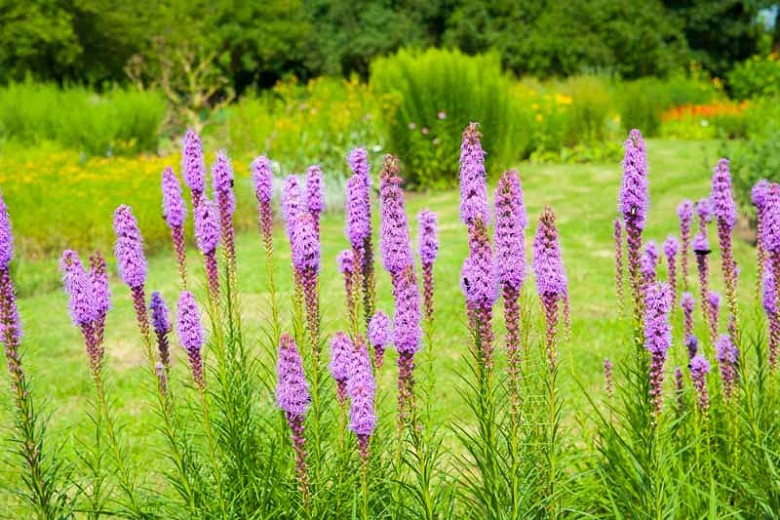
- Catmint (Nepeta): Catmint is a low-growing, spreading perennial that produces spikes of blue or purple flowers in summer. Catmint is a good choice for companion planting with Mexican feather grass because it has similar growing requirements and can help to suppress weeds. Catmint also has a strong, minty fragrance that deters cats and other pests.
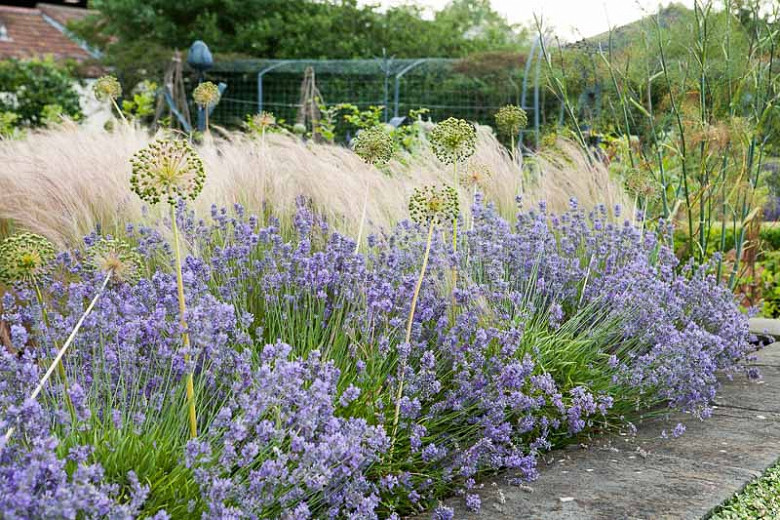
- Crocosmia (Montbretia): Crocosmia is a cormous perennial that produces spikes of orange, red, or yellow flowers in summer. Crocosmia is a good choice for companion planting with Mexican feather grass because it adds a splash of bright color to the landscape. Crocosmia is also a relatively low-maintenance plant that does not require a lot of water.

- Echinacea (Purple Coneflower): Echinacea is a tall, herbaceous perennial that produces showy, daisy-like flowers in shades of purple, pink, or white. Echinacea is a good choice for companion planting with Mexican feather grass because it has similar growing requirements and can help to attract pollinators to the garden. Echinacea is also a relatively hardy plant that can tolerate a variety of conditions.
- Russian sage (Perovskia): Russian sage is a tall, upright perennial that produces spikes of lavender-blue flowers in summer. Russian sage is a good choice for companion planting with Mexican feather grass because it has similar growing requirements and can help to add height and structure to the landscape. Russian sage is also a relatively drought-tolerant plant.
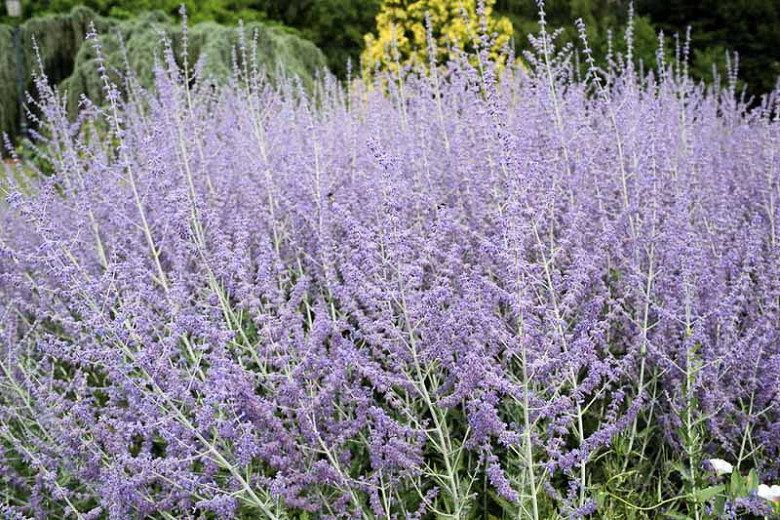
These are just a few of the many companion plants that can be paired with Mexican feather grass. When choosing companion plants, it is important to consider the size, color, and growth habit of the plants. It is also important to choose plants that have similar growing requirements. By carefully selecting companion plants, you can create a beautiful and harmonious landscape that features Mexican feather grass in all its glory.
Mexican feather grass (Stipa tenuissima) is a beautiful, low-maintenance ornamental grass that can add a touch of elegance to any garden. It's tolerant of heat, drought, and poor soil, making it a great choice for even the most challenging gardening conditions.
One of the best things about Mexican feather grass is its versatility. It can be used in a variety of settings, from traditional borders and beds to more modern container gardens. It's also a great choice for xeriscaping, as it requires very little water to thrive.
When choosing companion plants for Mexican feather grass, it's important to consider the plant's height, color, and texture. Some good options include:
- Achillea millefolium (yarrow): A hardy perennial with daisy-like flowers that bloom in shades of white, yellow, pink, and red.
- Agastache foeniculum (blue giant hyssop): A tall, upright perennial with spikes of blue flowers that bloom in late summer.
- Allium sphaerocephalum (drumstick allium): A bulbous plant with purple flowerheads that bloom in early summer.
- Asters (Aster spp.): A large group of perennials with daisy-like flowers that bloom in a variety of colors throughout the summer.
- Cosmos bipinnatus (cosmos): A tall, airy annual with daisy-like flowers that bloom in shades of white, pink, red, and yellow.
For more information about Mexican feather grass companion plants, visit Gardenia Inspiration.
FAQ of mexican feather grass companion plants
1. What are some good companion plants for Mexican feather grass?
Mexican feather grass is a versatile plant that can be paired with a variety of other plants. Some good companion plants include:
- Yucca: Yucca is a drought-tolerant plant that can add height and structure to a garden. It also has attractive blooms in the summer.

- Lavender: Lavender is a fragrant plant that attracts butterflies and other pollinators. It also has silvery-green leaves that complement the feathery texture of Mexican feather grass.
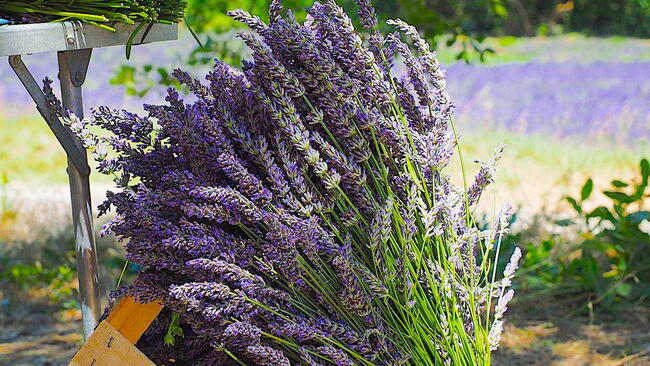
- Echinacea: Echinacea is a daisy-like plant that blooms in the summer. It is known for its medicinal properties and can help to boost the immune system.
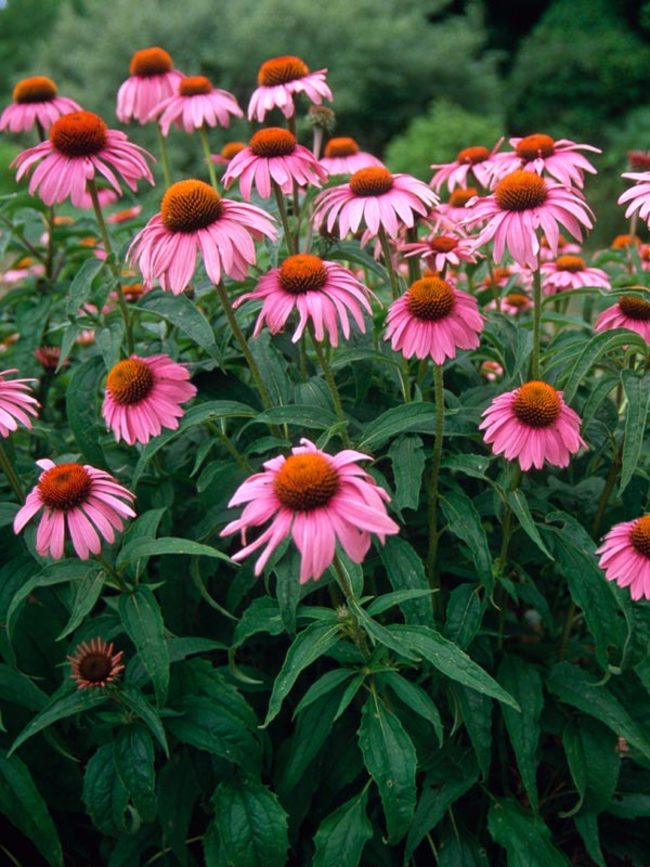
- Sedum: Sedum is a succulent plant that can tolerate hot, dry conditions. It comes in a variety of colors, including pink, yellow, and orange.

- Salvia: Salvia is a colorful flowering plant that attracts butterflies and other pollinators. It also has drought-tolerant properties.
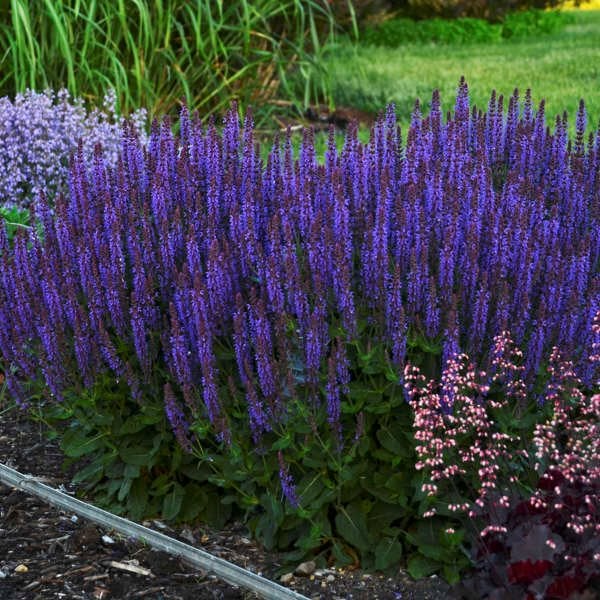
2. How far apart should Mexican feather grass plants be planted?
Mexican feather grass plants should be planted about 2-3 feet apart. This will give them enough room to spread out and grow.
3. Is Mexican feather grass invasive?
Yes, Mexican feather grass can be invasive in some areas. It is important to check the invasive species list for your region before planting Mexican feather grass. If it is considered invasive in your area, you may want to choose a different companion plant.
4. How do I care for Mexican feather grass?
Mexican feather grass is a relatively low-maintenance plant. It needs full sun and well-drained soil. Water it regularly during the first year after planting, but once it is established, it is drought-tolerant. In the spring, you can fertilize Mexican feather grass with a balanced fertilizer.
5. How do I propagate Mexican feather grass?
Mexican feather grass can be propagated by division or by seed. To divide Mexican feather grass, dig up a mature clump and separate it into smaller clumps. Replant the smaller clumps in a sunny location with well-drained soil. To propagate Mexican feather grass from seed, sow the seeds in the spring in a sunny location with well-drained soil. Keep the soil moist until the seeds germinate.
Image of mexican feather grass companion plants
- Lavender: Lavender is a classic companion plant for Mexican feather grass. They both thrive in full sun and dry soil, and their colors complement each other well.

- Salvia: Salvia is another good choice for a companion plant for Mexican feather grass. It comes in a variety of colors, so you can choose one that will match your garden's color scheme.

- Yarrow: Yarrow is a hardy perennial that can tolerate hot, dry conditions. It's also a good choice for attracting pollinators to your garden.
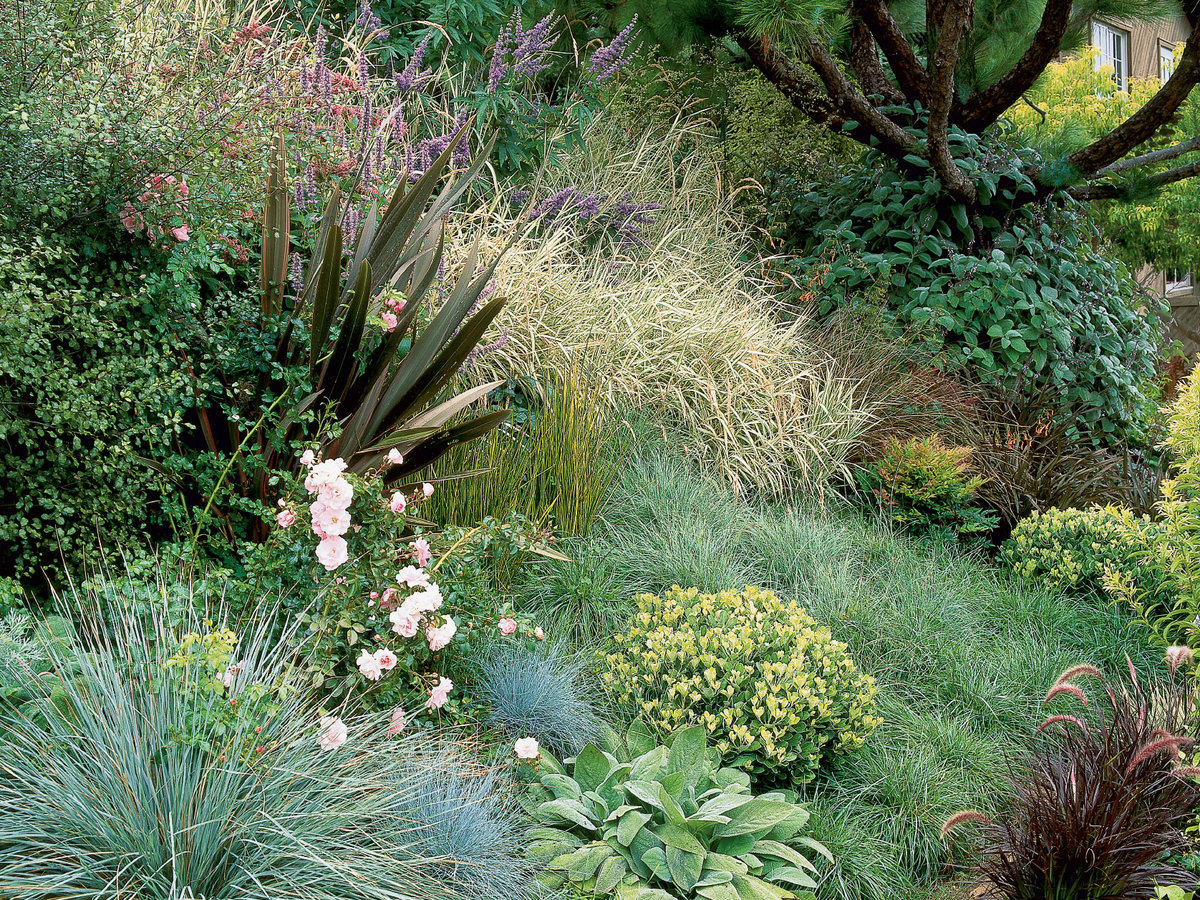
- Coneflower: Coneflower is a tall, showy flower that blooms in the summer. It's a good choice for adding height and interest to your garden.
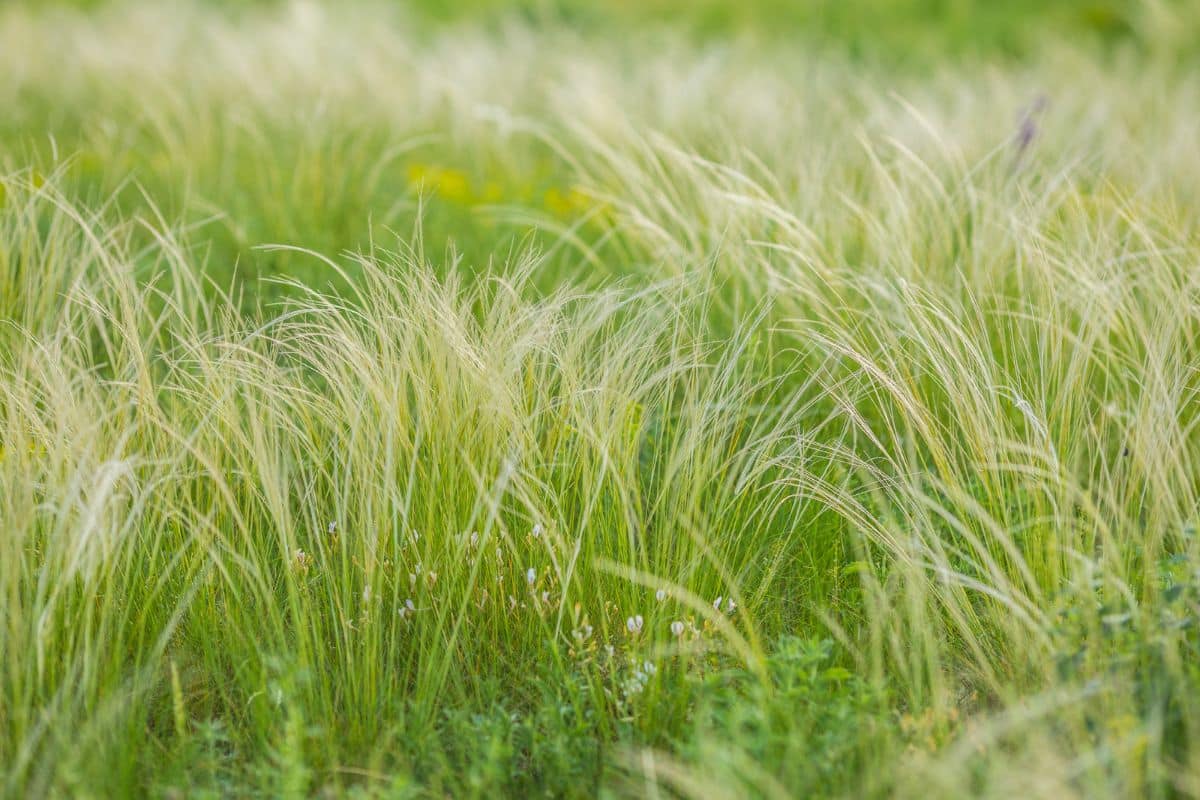
- Echinacea: Echinacea is another tall, showy flower that blooms in the summer. It's also known for its medicinal properties.

Post a Comment for " Stunning Companion Plants For Mexican Feather Grass"